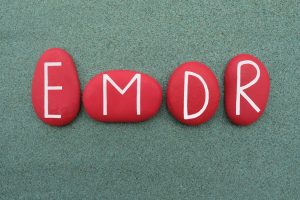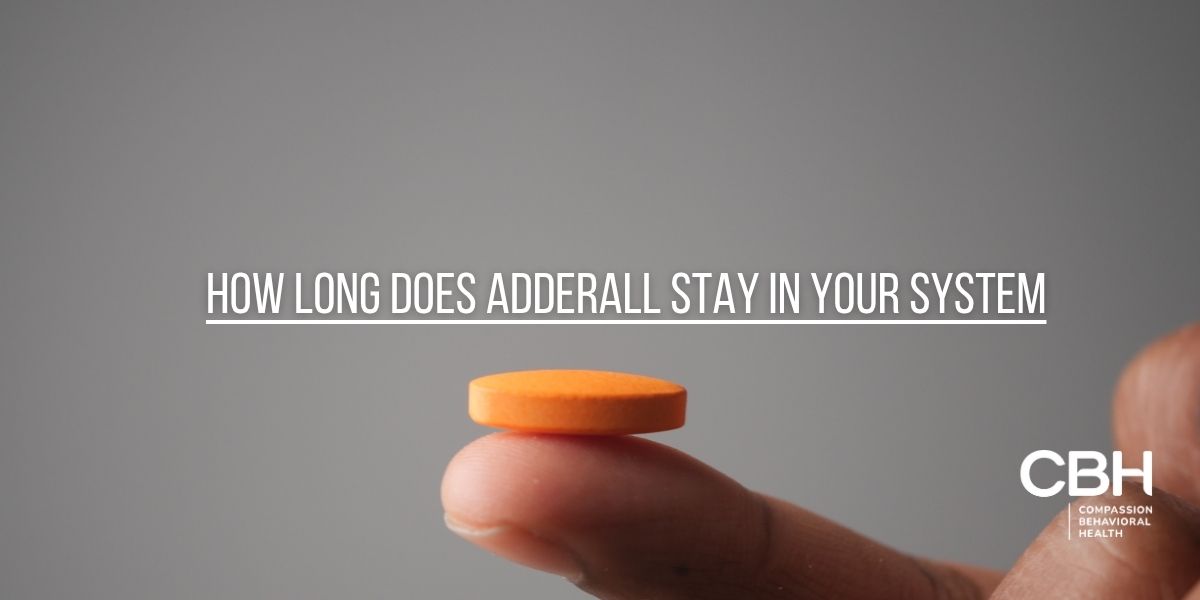When it comes to therapeutic techniques for trauma and anxiety, two popular approaches that often come up are RRT and EMDR. Both methods aim to help individuals process and heal from distressing experiences, but they do so in their unique ways. In this article, we will explore the core principles, processes, benefits, and differences between RRT and EMDR.
Before delving into the specifics of RRT, it’s important to understand what RRT, or Rapid Resolution Therapy, and EMDR, or Eye Movement Desensitization Reprocessing are.
What are RRT and EMDR?
Rapid Resolution Therapy (RRT)
What is RRT? RRT is an evidence-based therapeutic approach developed by Dr. Jon Connelly. It focuses on resolving emotional and psychological difficulties by altering the way traumatic memories are stored in the brain.
Eye Movement Desensitization Reprocessing (EMDR)

EMDR stands for Eye Movement Desensitization and Reprocessing. It is a form of psychotherapy that was first developed in the late 1980s by psychologist Francine Shapiro. The therapy aims to help individuals overcome distressing memories and experiences by reprocessing them in a safe and controlled manner.
RRT vs EMDR
While RRT and EMDR share the common goal of resolving trauma and distress, there are some notable differences between the two approaches.
Similarities Between RRT and EMDR
Both RRT and EMDR recognize the significance of traumatic memories and aim to modify the associated negative emotions and beliefs. Both techniques utilize specific techniques to facilitate rapid resolution, often leading to lasting change. Additionally, both approaches require the guidance of a licensed therapist experienced in these modalities.
Differences Between RRT and EMDR
Despite their similarities, RRT and EMDR differ in their methodologies. RRT incorporates hypnosis and storytelling techniques, while EMDR emphasizes bilateral stimulation to facilitate reprocessing. The number of sessions required for each approach also varies, with RRT often being more expedient in its results.
It’s important to note that different individuals may respond better to one method than another. The personal preference of the client, the nature of the trauma, and the therapist’s expertise can all influence the choice between RRT and EMDR.
Case Studies and Clinical Trials
Let’s explore the practical application and effectiveness of RRT and EMDR through case studies and clinical trials.
Case Studies on RRT
A study conducted by Dr. Connelly examined the effectiveness of RRT in reducing PTSD symptoms in military veterans. The results showed significant improvement in symptoms, with participants reporting decreased anxiety, improved sleep, and overall enhanced quality of life.
In another case study, RRT proved successful in helping survivors of childhood trauma overcome severe phobias that had persisted throughout their lives. Through the rapid resolution of traumatic memories, individuals experienced freedom from phobias and increased resilience in facing similar triggers.

Case Studies on EMDR
Research by Dr. Shapiro and her colleagues demonstrated the effectiveness of EMDR in treating various conditions, including PTSD symptoms in military veterans, phobias, panic disorder, and grief. Participants in the studies showed significant reductions in symptoms, with many reporting a sense of resolution and increased emotional well-being after EMDR treatment.
Furthermore, a clinical trial on EMDR and its impact on combat veterans with PTSD revealed a significant decrease in symptoms and an improvement in daily functioning. The findings demonstrate the potential of EMDR as a valuable treatment modality for individuals affected by trauma.
Get the Help You Need

In conclusion, RRT and EMDR are two distinct therapeutic approaches designed to help individuals heal from trauma. While each method has its unique principles and techniques, both have shown promise in facilitating rapid resolution and improving emotional well-being. The choice between RRT and EMDR ultimately depends on the individual’s needs, preferences, and expertise of the therapist.
With the assistance of professional guidance, those grappling with the aftermath of trauma can find solace, resolution, and new pathways to healing. A treatment that may be effective for one person may not work for another. At Compassion Behavioral Health, we offer individualized treatment plans and a variety of treatments for patients. To learn about our trusted mental health treatment, call us or contact us today.



